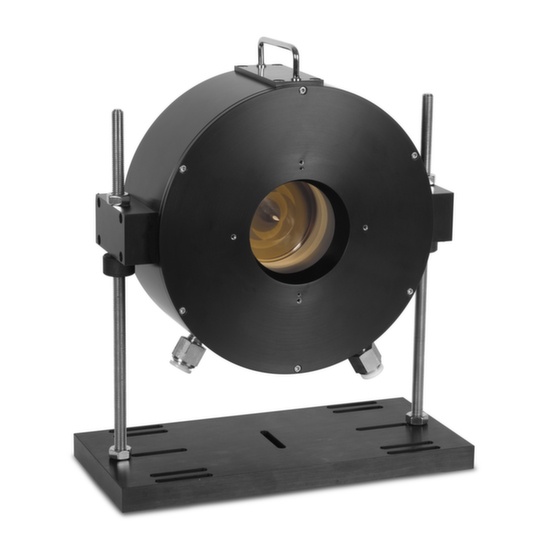E-mail: sales@wafer-sensor.com
Add: No.645 Sherbrooke St West Montreal. Que. H4A 3T4 Canada
SP-1550M - Phosphor Coated NIR Cameras Analog ( replace by 56-567) |
|||||||||||||||||||||||||||||||||||||||||||||

|
|||||||||||||||||||||||||||||||||||||||||||||
Product name:SP-1550M - Phosphor Coated NIR Cameras Analog ( replace by 56-567) |
|||||||||||||||||||||||||||||||||||||||||||||
Item:SP-1550M |
|||||||||||||||||||||||||||||||||||||||||||||
Details: |
|||||||||||||||||||||||||||||||||||||||||||||
SP-1550M - Phosphor Coated NIR Cameras Analog ( replace by 56-567) l Number of effective pixels:640 x 480 pixels l Spectral response: 1440 - 1605mm l Maximun beam size: 4.7mm x 5.4mm l Pixel spacing:4μm x 9.8μm l Low Cost NIR Camera Technology Spiricon’s 1550 series, phosphor coated CCD cameras, provide a new low cost alternative for measuring and viewing the output of NIR telecom devices and NIR lasers. The thin phosphor film coating is an anti-Stokes material that up-converts NIR radiation in the 1440nm to 1605nm range to visible light measurable by the CCD. Phosphor Coating Technology The up-conversion from NIR to visible light in the 1550 series cameras is nonlinear. The anti-Stokes phosphor coating produces visible photons at a rate roughly the square of the input signal. This is shown dramatically in Figure 1, where the camera total output increases dramatically faster than a linear output shown in the bottom line. Wavelength Response The anti-Stokes up-conversion efficiency is very wavelength dependent. Figure 3 shows the typical spectral response curve of a new, high response coating. As seen, we have calibrated the response from 1527nm to 1605nm. We have extrapolated the shorter wavelength region by comparing our measured response to data published over the entire range. Phosphor Coated NIR Cameras
Despite the small pixel size, the spatial resolution will not exceed 50μ m due to diffusion of the light by the phosphor coating.Signal to noise ratio is degraded due to the gamma of the phosphor's response. Averaging or summing of up to 256 frames improves dynamic range by up to 16x = +24dB. In normal (non-shuttered) camera operation, the frame rate is the fastest rate at which the laser may pulse and the camera can still separate one pulse from the next. With electronic shutter operation, higher rate laser pulses can be split out by matching the laser repetition to the shutter speed. This is the damage threshold of the filter glass of the filters. Assuming all filters mounted with ND1 (red housing) filter in the front. Distortion of the beam may occur with average power densities as low as 5W/cm2. |
|||||||||||||||||||||||||||||||||||||||||||||
 |
←[Previous:ASP-SP503U-1550] [Next:FL250A-V1]→ | ||||||||||||||||||||||||||||||||||||||||||||
| Related Products : |












